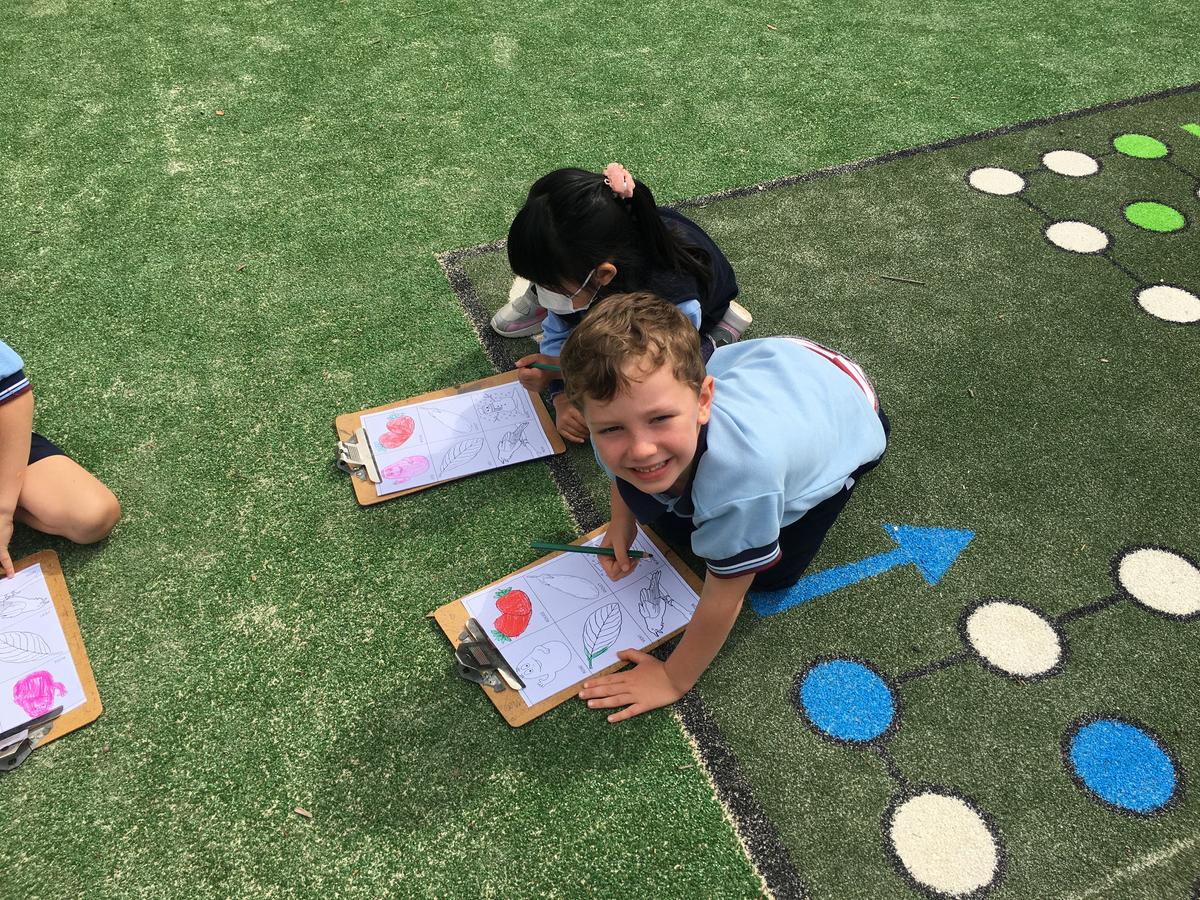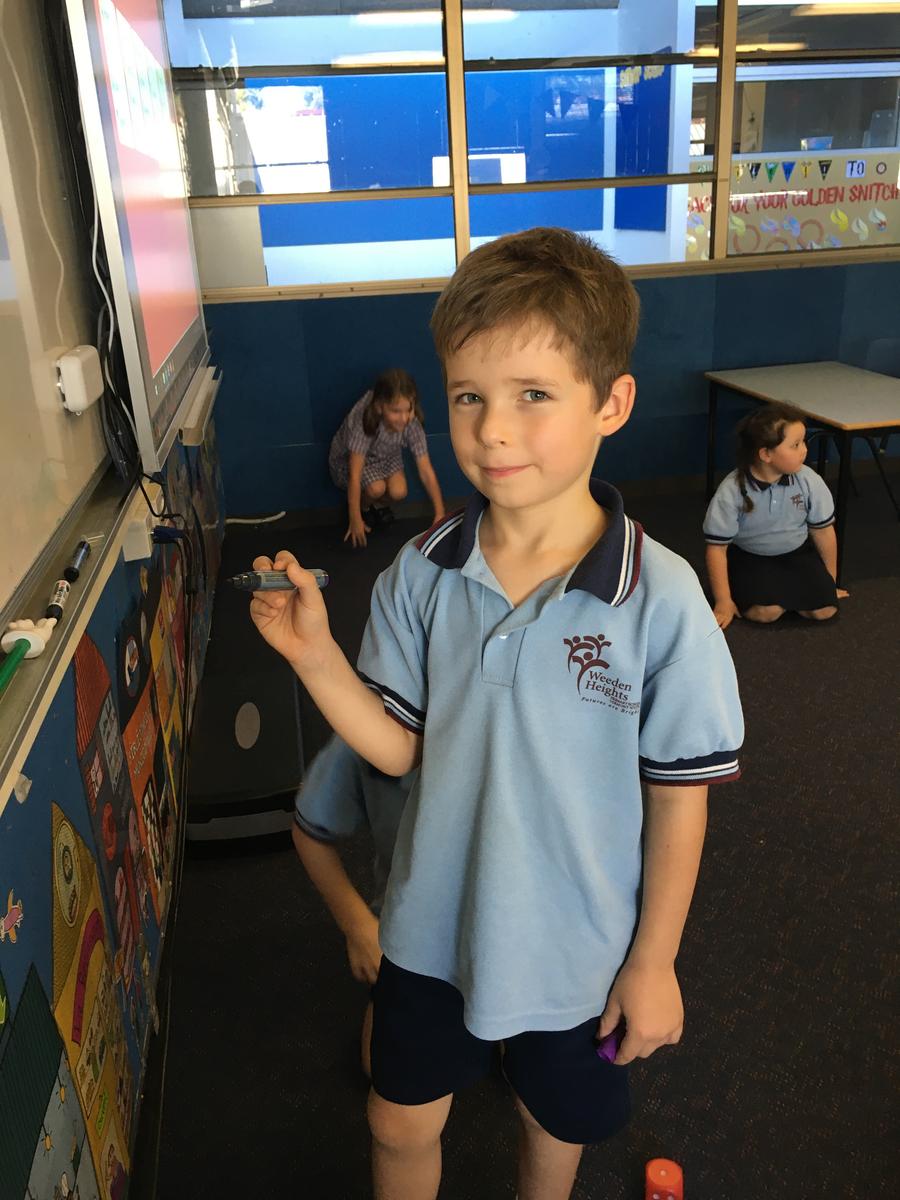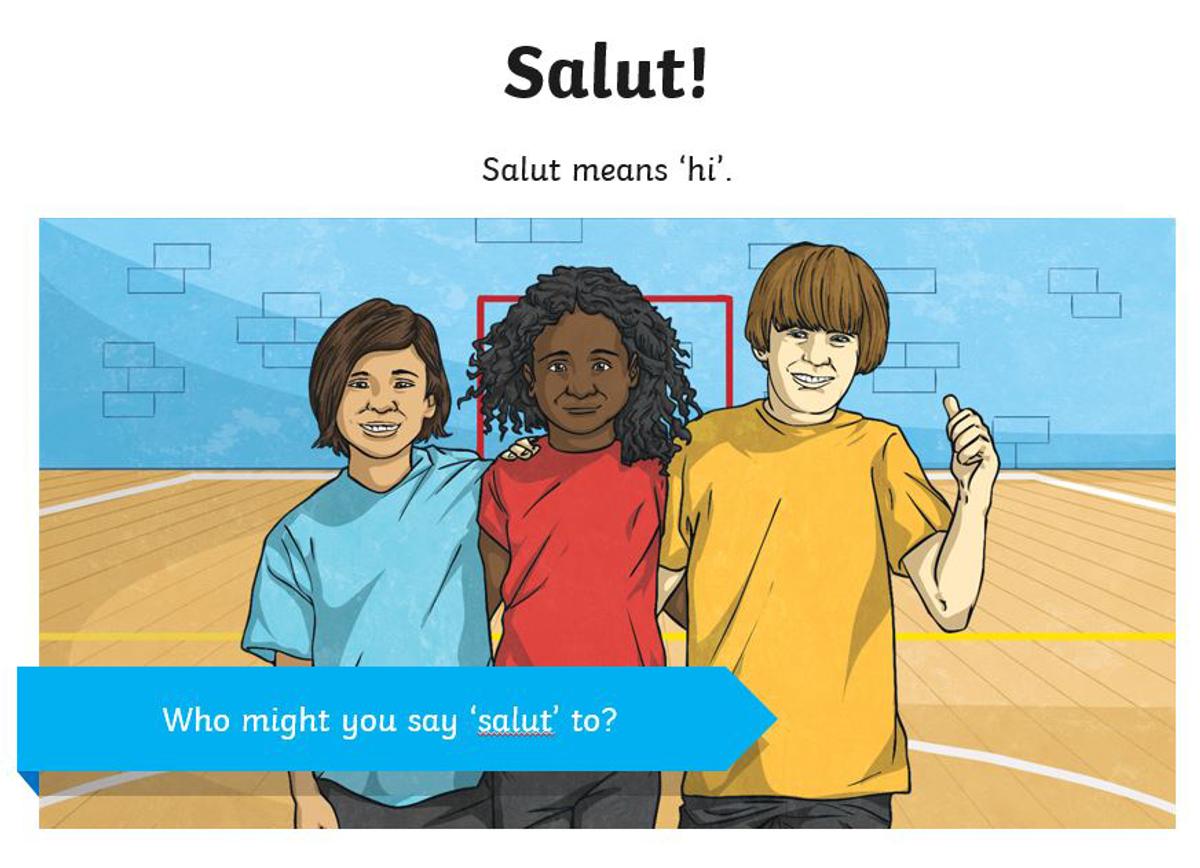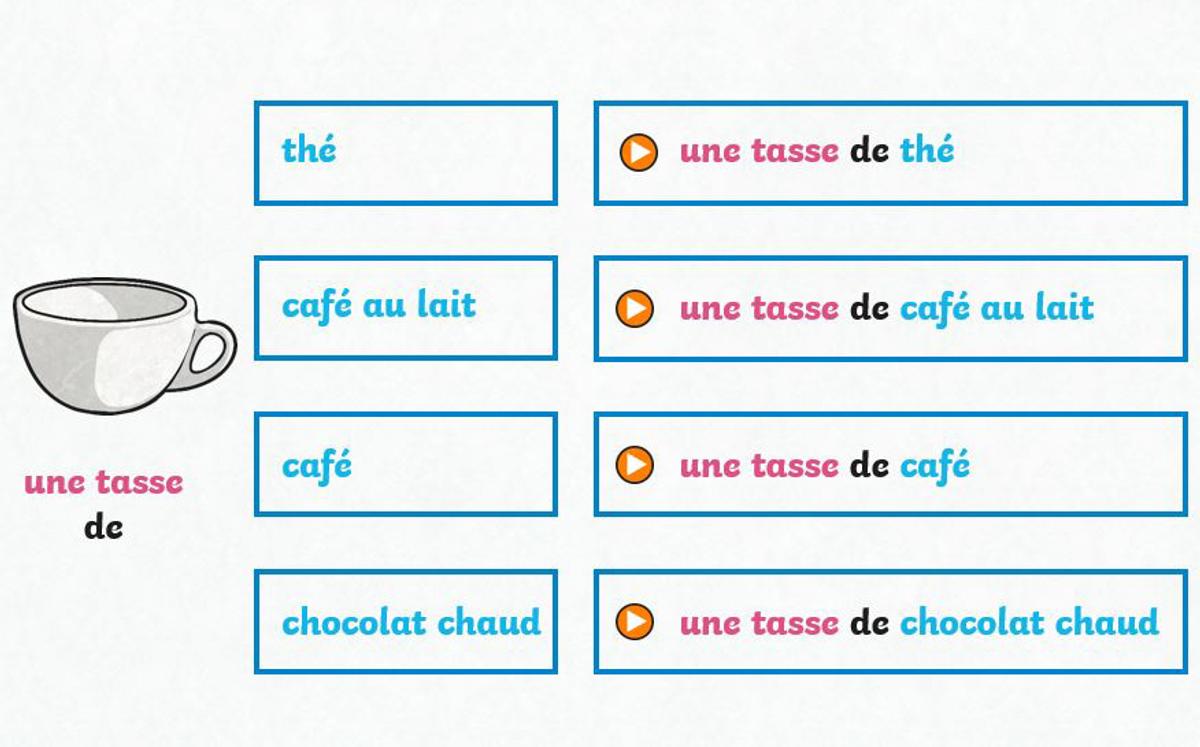FRENCH
The famous elephant in Nantes

FRENCH
The famous elephant in Nantes


Bonjour tout le monde,
Aujourd'hui (today), we are travelling down the coast, along the Atlantic Ocean. Nantes is the 6th biggest city in France. This is where I lived during my high school years.
Once a busy seaport in the estuary of the Loire, the fascinating city of Nantes was chosen in the old times by the dukes of Brittany as their historical capital. If the city still boasts a unique architectural heritage with its magnificent Château des ducs de Bretagne, a Renaissance-style castle nestled in a fortress, a medieval quarter and one of the highest cathedrals of France - it has been transformed in the last 20 years probably more than any other city in France. It is not only a vibrant and young metropolis often rewarded for its top-quality of life - Nantes was also Green Capital of Europe in 2013 – but a city where art has literally been integrated in all possible aspects, making it a true example of how artists can turn a city upside down!
The Nantes-born writer Jules Verne would most likely not believe how creativity has made its way in Nantes: from narrow streets to boulevards, walk along the 15-kilometre long green trail, literally painted on the ground to enable visitors not to get lost, and you will be amazed by an incredible diversity of styles, atmospheres and artworks.
It is impossible to miss the Grand Éléphant as it walks along the quays of the Loire river. It trumpets and squirts water from its trunk and if you dont’ know any better, you would say it is alive!
The Sea World Merry-Go-Round (inspired by Jules Verne's '20,000 Leagues Under The Sea') is filled with creatures from the deep and is made up of 35 elements spread over 3 carousels; the depths, the abyss, and the surface of the sea.
Another unique attraction of the Pays de la Loire region is 'Le Puy du Fou'.
Much more than a traditional theme park, Puy du Fou was named the world’s best theme park in 2019, by the American Themed Entertainment Association which chose it from 700 parks and shows in 40 countries. The experience is very different from other theme parks and the spectacular shows and unusual hotels send you straight back in time.
The main show takes place in the evening on a huge outdoor stage behind the ruined castle. It tells the story of the 700 years of history in the area. The Cinéscénie boasts the largest stage in the world, 1 200 actors, hundreds of horses and about 800 fireworks per performance. All of the actors and actresses (even the children) come from the local villages and are volunteers.
Back to school...


























The students are given regular French homework. It usually consists of a list of 10 words studied in class. They have to memorise them and are assessed the following week. Here is an example, with the list that they had to translate last week. In this case, they also had to demonstrate their ability to write a noun in its singular or plural form.


They are now starting a new topic, food, and have studied some common drinks.






Here is the French song for today: 'La chanson des restos', which is a very special and famous song that everybody can sing in France and that the Year 4/5 students are going to learn next Term.
There is a moving story behind it...
The Restaurants du Cœur (literally Restaurants of the Heart but meaning Restaurants of Love), commonly and familiarly known as the Restos du Cœur, is a French charity, the main activity of which is to distribute food packages and hot meals to those in need. The association does not only target homeless but also all those with a very low income (single families, old people with a low pension, young adults...).
The comedian and actor Coluche (that you can see at the start of the video) launched the idea of the Restos du Cœur on 26 September 1985. "I have an idea... If there are people interested in sponsoring a free soup kitchen, we'd start first in Paris and then spread to France's big cities." The first Resto du Coeur opened on 21 December and soon multiplied all over the country. The goal of the founders was to give away 2,000 to 3,000 meals per day; 8.5 million were distributed in the first winter alone. Last year, 142 million meals were served. The association is highly respected in France and is known for its huge number of volunteers (70,000 in 2021) and its original fund-raising method.
The initiative was supported by a song called les Restos du cœur, which was sung or read out by several celebrities. The following version is the newest, sung by children. Here is a link for the lyrics (the English translation is not perfect but good enough for you to understand the meaning) : https://lyricstranslate.com/en/la-chanson-des-restos-restos-song.html
Bonne journée à tous (have a nice day everyone)!
A très bientôt,
Delphine